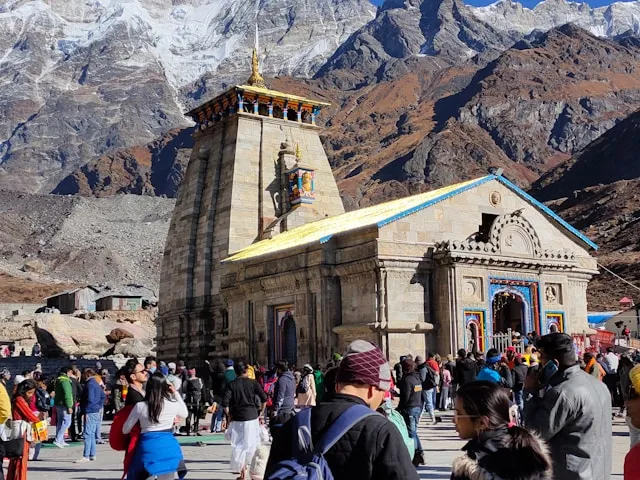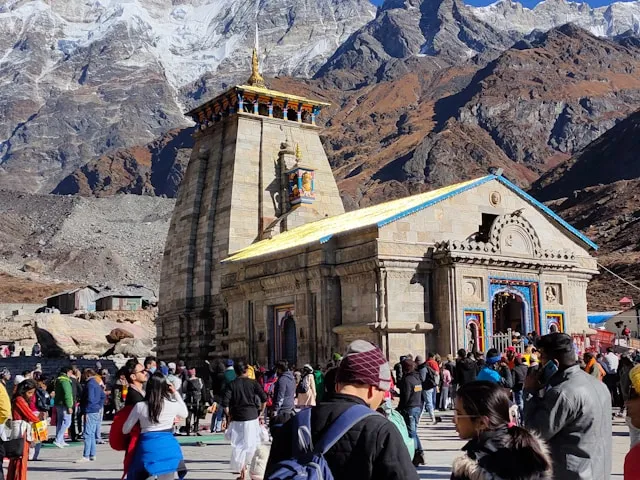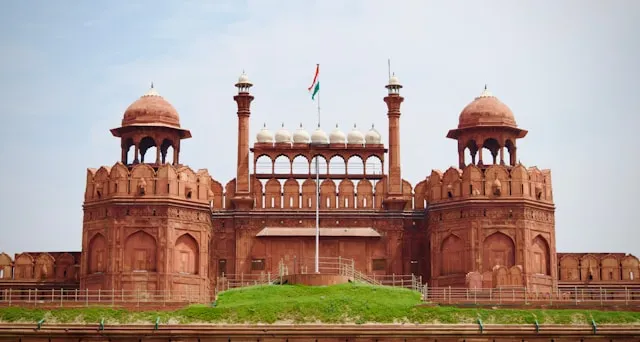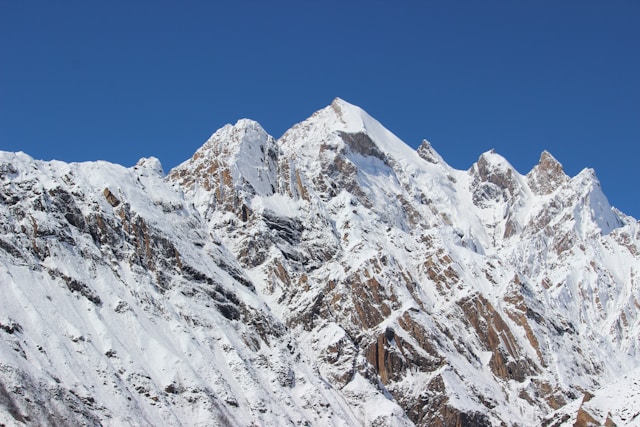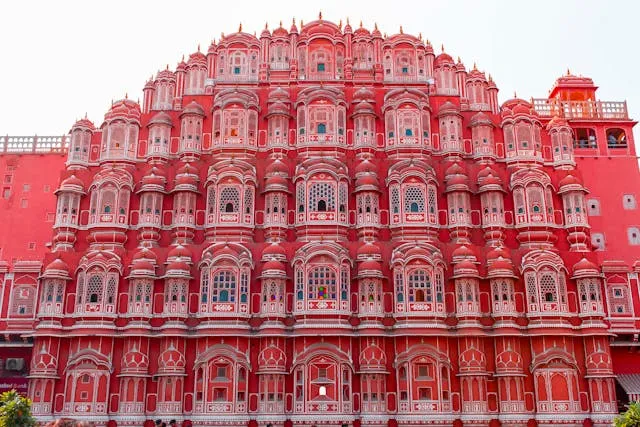Japan Travel Guide
Japan
About Japan Travel Guide
Destination Overview - Japan
Japan, an island nation in East Asia, blends ancient tradition with futuristic innovation like no other place on earth. From serene temples and cherry blossoms to neon-lit cities and bullet trains, Japan offers a rich tapestry of culture, natural beauty, and cutting-edge technology. Comprising four main islands—Honshu, Hokkaido, Kyushu, and Shikoku—Japan is renowned for its hospitality, meticulous attention to detail, and deep-rooted customs. With efficient transport, diverse attractions, and year-round festivals, Japan is a must-visit destination for travelers of all kinds.
Top Attractions & Places to Visit - Japan
Historical Landmarks:
Fushimi Inari Shrine (Kyoto), Himeji Castle, Todaiji Temple (Nara), Kiyomizu-dera, Itsukushima Shrine (Miyajima)
Modern Wonders:
Tokyo Skytree, TeamLab Borderless (Tokyo), Shibuya Crossing, Akihabara Electric Town, Universal Studios Japan (Osaka)
Natural Landscapes:
Mount Fuji, Arashiyama Bamboo Grove, Lake Kawaguchi, Hakone, Nakasendo Trail
Cultural Districts:
Gion (Kyoto), Asakusa (Tokyo), Higashiyama (Kyoto), Dotonbori (Osaka), Kanazawa Samurai District
Museums & Galleries:
Tokyo National Museum, Hiroshima Peace Memorial Museum, National Museum of Modern Art (Kyoto and Tokyo), Ghibli Museum
Hidden Gems:
Shirakawa-go Village, Naoshima Art Island, Tottori Sand Dunes, Ouchi-juku Post Town, Okunoshima (Rabbit Island)
Best Time to Visit - Japan
Japan is a year-round destination with each season offering a distinct experience. Spring and autumn are especially popular due to mild weather and scenic beauty.
Peak Seasons:
Spring (March to May): Cherry blossom season
Autumn (October to November): Stunning fall foliage
Winter (December to February): Skiing and snow festivals
Summer (June to August): Festivals and fireworks, but hot and humid
Major Festivals & Events:
Hanami (Cherry Blossom Viewing), Gion Matsuri (Kyoto), Sapporo Snow Festival, Tanabata Festival, Obon, New Year Celebrations
How to Reach - Japan
Air:
Japan is served by major international airports including Narita International Airport (Tokyo), Haneda Airport (Tokyo), Kansai International Airport (Osaka), and Chubu Centrair (Nagoya).
Rail:
The Shinkansen (bullet train) network connects major cities like Tokyo, Kyoto, Osaka, and Hiroshima efficiently.
Road:
Well-maintained highways and express buses connect cities and towns. Car rentals are available with international driving permits.
Local Transport:
Extensive subway, train, and bus networks. IC cards like Suica or Pasmo are accepted in most urban areas.
Accessibility for Differently-Abled Travelers - Japan
Japan offers excellent accessibility. Most train stations, public toilets, and tourist attractions are wheelchair-friendly. Priority seating, tactile paving, elevators, and braille signage are widely available. Hotels and airports are equipped with accessible facilities.
Things to Do & Experiences - Japan
Witness cherry blossoms in Tokyo or Kyoto parks
Relax in a traditional onsen (hot spring) in Hakone or Beppu
Stay at a ryokan (traditional inn) and experience Japanese hospitality
Visit a sumo wrestling tournament or kabuki theatre performance
Explore the historic streets of Takayama or Kurashiki
Take a sushi-making or tea ceremony class
Enjoy themed cafes—from samurai to anime
Ski in Hokkaido or Nagano during winter months
Accommodation Options - Japan
Japan offers a wide range of accommodations:
Luxury Hotels: Aman Tokyo, The Ritz-Carlton Kyoto, Park Hyatt Tokyo
Mid-Range: Mitsui Garden Hotels, Dormy Inn, Tokyu Stay
Budget: Hostels, capsule hotels, business hotels, and guesthouses
Unique Stays: Ryokans, temple stays (shukubo), traditional machiya townhouses in Kyoto
Popular Areas: Shinjuku and Shibuya (Tokyo), Gion (Kyoto), Namba (Osaka), Sapporo, Hiroshima
Local Cuisine & Dining - Japan
Japan is a culinary destination offering everything from Michelin-starred restaurants to humble street stalls.
Must-Try Dishes:
Sushi, Ramen, Tempura, Okonomiyaki, Yakitori, Kaiseki (multi-course meal), Tonkatsu, Takoyaki, Matcha desserts
Famous Dining Areas:
Tsukiji Outer Market (Tokyo), Nishiki Market (Kyoto), Dotonbori (Osaka), Omoide Yokocho (Shinjuku), Gion District
Etiquette Tip: Slurping noodles is seen as a sign of appreciation. Tipping is not customary in Japan.
Travel Tips & Safety - Japan
Japan is one of the safest countries in the world
Carry cash; many small places still prefer it over cards
Public etiquette is important—keep noise down, queue patiently, and avoid talking on phones in trains
English signage is common in major cities
Emergency contacts: Police - 110, Ambulance/Fire - 119, Japan Visitor Hotline - +81-50-3816-2787
Weather Details & Packing Suggestions - Japan
Spring: Light layers, a jacket, and comfortable walking shoes
Summer: Breathable clothing, sunscreen, umbrella (rainy season)
Autumn: Layered clothing for cool mornings and evenings
Winter: Warm coats, scarves, gloves, and thermal wear in northern regions
Currency Exchange & Banking Facilities - Japan
Japan’s currency is the Japanese Yen (JPY). ATMs are available at post offices, 7-Eleven stores, and major banks. Currency exchange services are available at airports, banks, and exchange kiosks.
Credit cards are accepted in most urban hotels and restaurants, but rural areas may prefer cash.
Connectivity & SIM Card Info - Japan
Japan has excellent mobile and internet coverage. Tourists can purchase prepaid SIM cards or rent pocket Wi-Fi devices at the airport or convenience stores.
Top Providers: NTT Docomo, SoftBank, au
Wi-Fi: Widely available in hotels, cafes, train stations, and airports
Itinerary Suggestions - Japan
1-Day (Tokyo): Visit Meiji Shrine, Takeshita Street, Shibuya Crossing, and Tokyo Tower
3-Day (Kyoto): Explore Fushimi Inari, Kinkaku-ji, Arashiyama Bamboo Grove, and Gion District
5-Day (Tokyo + Kyoto): Add day trips to Nara or Hakone, experience a tea ceremony, and shop in Ginza
7-Day (Golden Route): Tokyo → Hakone → Kyoto → Osaka, with a visit to Hiroshima or Mount Fuji
Nearby Destinations to Explore - Japan
Nara: Historic temples and friendly deer park
Hakone: Onsen town with Mount Fuji views
Nikko: UNESCO temples and waterfalls
Hokkaido: Nature, ski resorts, and lavender fields
Hiroshima: Peace Memorial Park and Miyajima Island
Okinawa: Tropical beaches and island culture
Shopping & Souvenirs - Japan
Japan offers a mix of traditional crafts and cutting-edge technology.
What to Buy: Kimonos, matcha products, chopsticks, Japanese knives, anime goods, electronics, sake, ceramics
Popular Shopping Areas: Ginza (Tokyo), Dotonbori (Osaka), Nishiki Market (Kyoto), Akihabara (electronics and anime), Takeshita Street (Harajuku)
Cultural & Historical Background - Japan
Japan’s civilization spans thousands of years, with influences from Buddhism, Shintoism, the Samurai code, and periods like Edo and Meiji shaping its heritage. The country has preserved its customs and architecture while becoming a global leader in innovation and design.
From ancient temples and tea rituals to manga culture and robotics, Japan’s contrast of old and new is both harmonious and fascinating.
Best Transport Options - Japan
The best way to travel long distances is via Shinkansen (bullet trains). Within cities, subway and bus systems are efficient and reliable. IC cards (like Suica, Pasmo) make travel convenient across regions. Taxis are available but can be expensive.
Nearest Railway Stations - Japan
Tokyo: Tokyo Station, Shinjuku Station, Shinagawa Station
Kyoto: Kyoto Station
Osaka: Shin-Osaka Station, Namba Station
Other Hubs: Hiroshima, Sapporo, Fukuoka (Hakata Station), Nagoya Station
User Reviews & Testimonials - Japan
“Japan is the most organized, clean, and culturally rich country I’ve ever visited.” – Aarti N.
“The balance between tradition and technology in Japan is breathtaking.” – Vivek R.
“I fell in love with Kyoto’s temples and Tokyo’s energy. A must-visit.” – Natasha P.
“Even without knowing Japanese, I found it so easy to travel and explore.” – Arjun M.
“The hospitality, food, and transport system are unmatched. Can’t wait to go back.” – Meenal D.
FAQs About Japan
Is Japan safe for solo travelers?
Yes, Japan is extremely safe for solo and female travelers.
Do I need a visa to visit Japan?
Visa policies vary by nationality. Many countries enjoy visa-free entry for short stays.
What’s the best time to visit Japan?
Spring (March to May) and autumn (October to November) offer the most pleasant weather.
Can I use credit cards in Japan?
Yes, in cities. But carry cash for small shops and rural areas.
Is English widely spoken?
Basic English is understood in cities, but not everywhere. Translation apps are useful.
What type of power plug does Japan use?
Type A and B (same as North America). Voltage is 100V.
Are SIM cards or pocket Wi-Fi better?
Both are reliable. Pocket Wi-Fi is better for groups; SIM cards for solo travelers.
How should I dress in Japan?
Dress modestly when visiting temples. Comfortable walking shoes are essential.
Are tattoos allowed in onsens?
Many onsens restrict tattoos. Look for tattoo-friendly options or cover them with patches.
Sustainability & Responsible Tourism - Japan
Japan promotes responsible tourism through environmental conservation, heritage preservation, and disaster preparedness. Travelers are encouraged to respect local customs, use public transport, support local artisans, avoid littering, and follow quiet and respectful behavior in public places.
Need a Japan Travel Guide Customized Itinerary?
Let us create your perfect Japan Travel Guide journey

Gallery

Weather
Location Map
Japan
Latest Blog Posts
Latest News: Japan Travel Guide – Tokyo, Kyoto, Mount Fuji & Cultural Tours
What Our Travelers Say
Real experiences from our valued customers
"The trip to Amritsar was life-changing. The team did an amazing job at organizing everything. The Golden Temple is magical."
Victor Martinez (Madrid, Spain)
"Had a wonderful time at the Kashi Vishwanath temple. The entire trip was well-organized and very comfortable."
Anil Thakur (Shimla, India)
"The visit to Varanasi was like no other. The entire trip was so peaceful, organized, and spiritually enriching."
Paul Johnson (Melbourne, Australia)
"The Tirumala Darshan was an unforgettable experience. Everything was well-organized, and I felt blessed throughout the trip."
Sanjay Agarwal (Kanpur, India)
"Nepal’s natural beauty and sacred temples made this trip unforgettable. The team handled everything perfectly, and we felt well taken care of throughout."
Ashok Yadav (Patna, India)
"Thank you for making our trip to Puri Jagannath so smooth and hassle-free. The temple visit was truly a divine experience."

